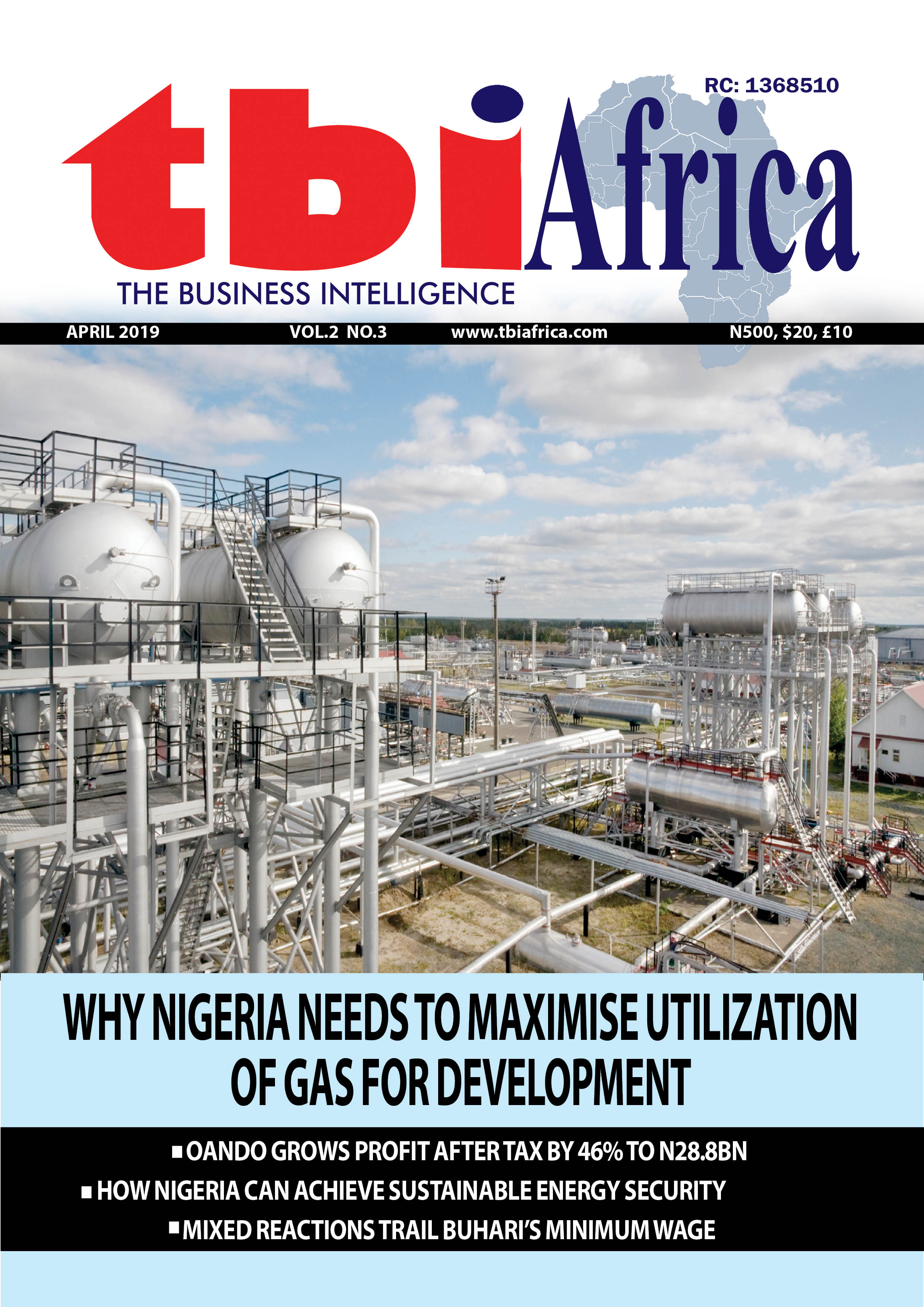Photo caption: Coal
*A 90-day trade truce between the U.S. and China has sparked a surge in container bookings.
*Despite record wind and solar capacity now exceeding thermal power in China, these renewables only met 22.5% of Q1 electricity demand.
*Baseload sources like coal and gas remain essential for an industrial rebound.
China and the United States struck a three-month trade truce that features deep tariff revisions for the duration. Markets breathed a sigh of relief. Oil prices rebounded. Gloominess about global GDP subsided, if only temporarily. And climate activists worried that China’s industry will come roaring back, boosting electricity consumption and shrinking the share of wind and solar in the power mix.
Beijing and Washington announced their temporary deal on Monday. By Wednesday, bookings for container ships from China to the United States had surged 277% in a clear example of what the 90-day deal would do to trade between the world’s two largest economies. This increased trade would boost manufacturing activity, of course, and manufacturing activity would boost power demand and power generation—from baseload sources.
Over the first quarter of the year, power generation from wind and solar in China accounted for as much as 39% of total supply, according to data from climate think tank Ember, cited by Reuters’ Gavin Maguire. This was a record high and an 18% increase from the first quarter of 2024. However, one big reason for this record was subdued manufacturing activity, Maguire pointed out, which was about to change this quarter.
Indeed, data released last month showed that China’s thermal power generation, which mainly uses coal and also some natural gas, declined slightly over the first quarter thanks to stronger hydropower generation and wind and solar. Total demand for electricity dipped by 1.3% during the first two months of the year, but rose by 1.8% in March, data from the Chinese National Bureau of Statistics showed.
This is about to change as the trade deal with Washington kicks in, Maguire argues, essentially suggesting that economic growth through industrial activity can only be sustained with baseload electricity generation, meaning coal, gas, and nuclear—of which China has abundant capacity. More interestingly, the country’s wind and solar capacity now exceeds its thermal power capacity—but this means nothing for generation.
China’s energy regulator reported in late April that its installed wind and solar capacity has topped its coal and gas thermal power capacity. At 1,482 GW, wind and solar capacity stood at over 50% of the total installed capacity in the country. Yet this capacity covered just 22.5% of electricity consumption over the first quarter. Some have blamed things like grid bottlenecks and transmission infrastructure that needs upgrades, but the cold, hard truth is that baseload generation always beats wind and solar because it is available on-demand. This is why it is quite right to expect a rebound in coal and gas consumption at the expense of wind and solar following the trade deal with the U.S. And this is why this deal is bad news for climate activists.
Ember analysts from China argued recently that China’s transformation into a low-carbon energy leader was advancing inexorably, with coal slipping from 80% of the electricity mix in the mid-2000s to 54.8% last year, and with wind and solar surging, especially the latter. They also argued that wind and solar would cover all additional electricity demand that China is expected to experience in the next five years while coal generation enters a “structural decline”. But they probably forgot about the link between manufacturing activity and stable on-demand, cheap electricity—the kind that comes from coal, gas, and nuclear, as well as hydro when the weather conditions are right.
China is moving closer to peak electricity demand season, Reuters’ Maguire wrote in his column this week. Like most of the Northern Hemisphere, this peak occurs during the summer months. It is quite unfortunate for the Embers of the world that this peak in demand will coincide with the return to manufacturing growth this year, boosting the share of hydrocarbons on the grid and casting a shadow over ambitious visions of a grid powered 100% by wind and solar.
=== Oilprice.com ===



